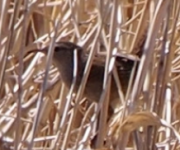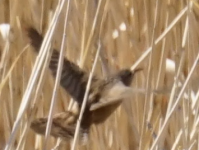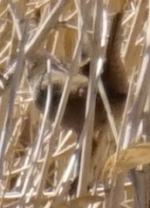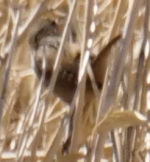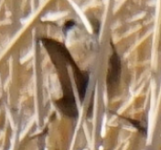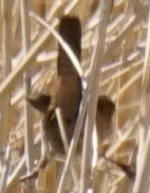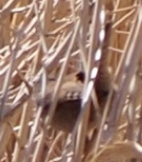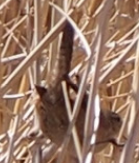We saw this wren doing acrobatics and it was adorable.
Having trouble identifying it though...it looks like many different types of wrens, they're so similar!
We have a couple theories, maybe Bewick's, maybe Sedge, but want additional opinions.
Having trouble identifying it though...it looks like many different types of wrens, they're so similar!
We have a couple theories, maybe Bewick's, maybe Sedge, but want additional opinions.




